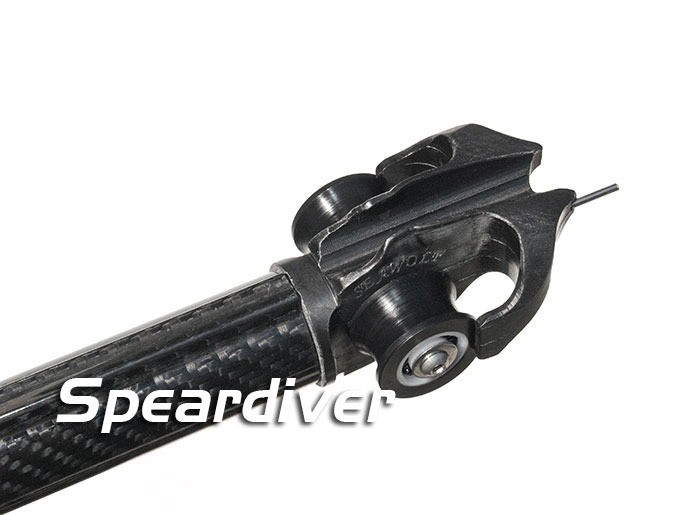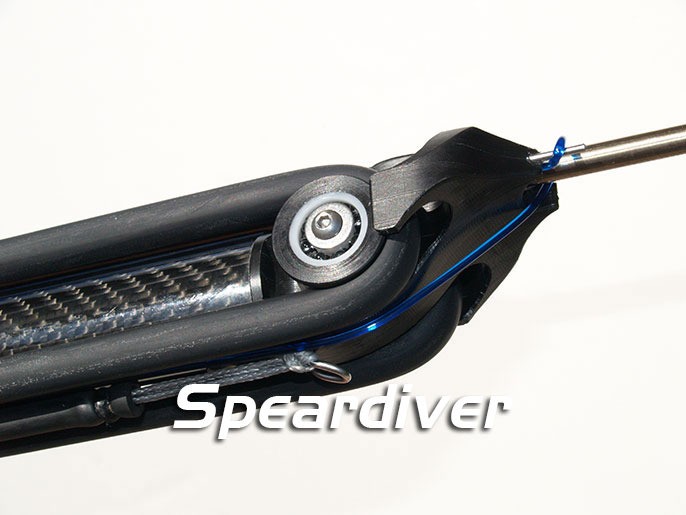NO ONE has yet to realize a HUGELY important band rigging method possible for roller guns. I cannot believe that NO ONE else has figured out this simple and easy method. I got this idea and tried it out on my RA roller conversion and could EASILY pull over 400%. In the end I had to lengthen my roller bands cause my hand kept getting bruised from the recoil.
Isn't the point of the roller to eliminate most of the recoil, if not all?



